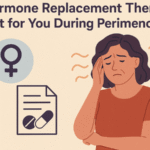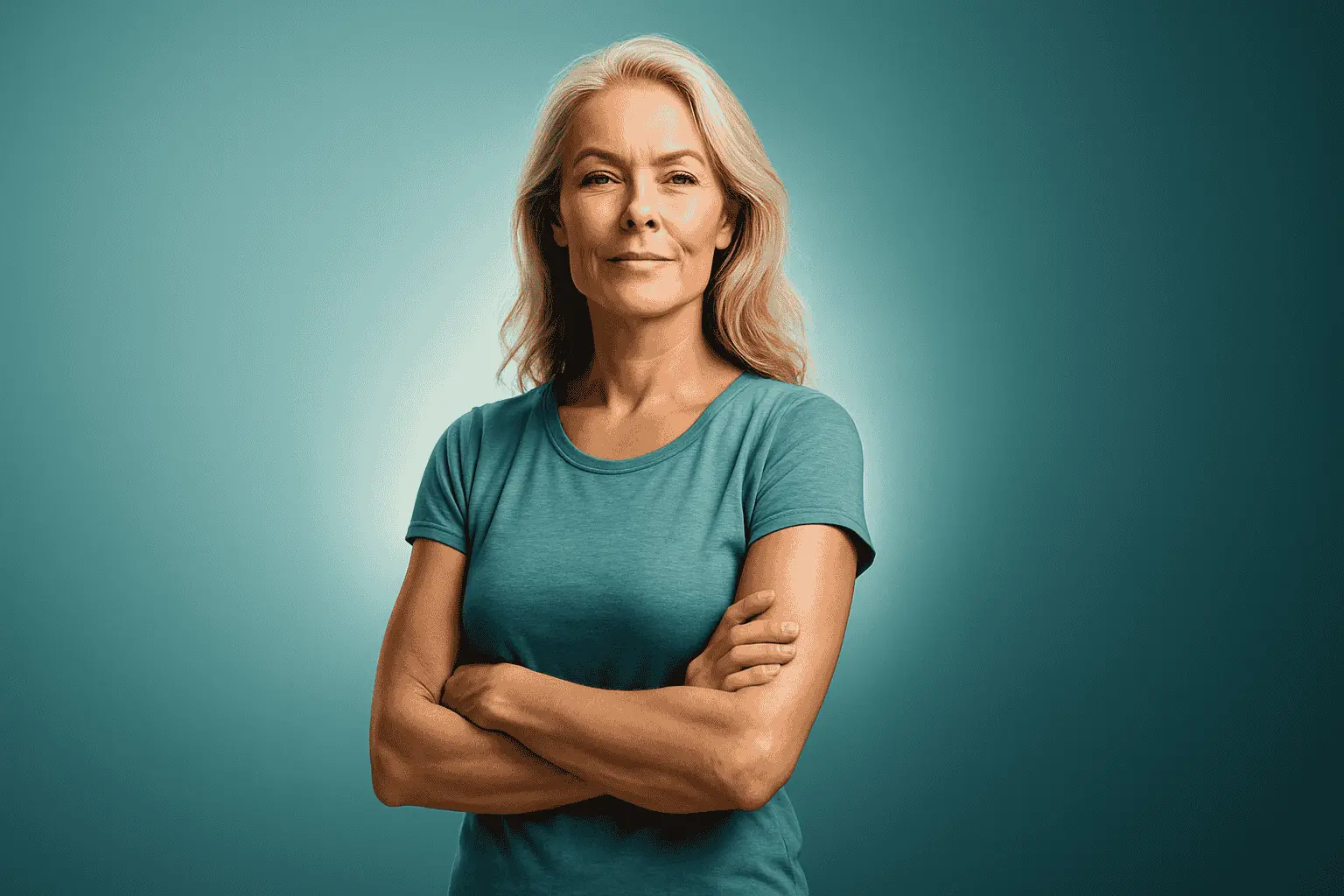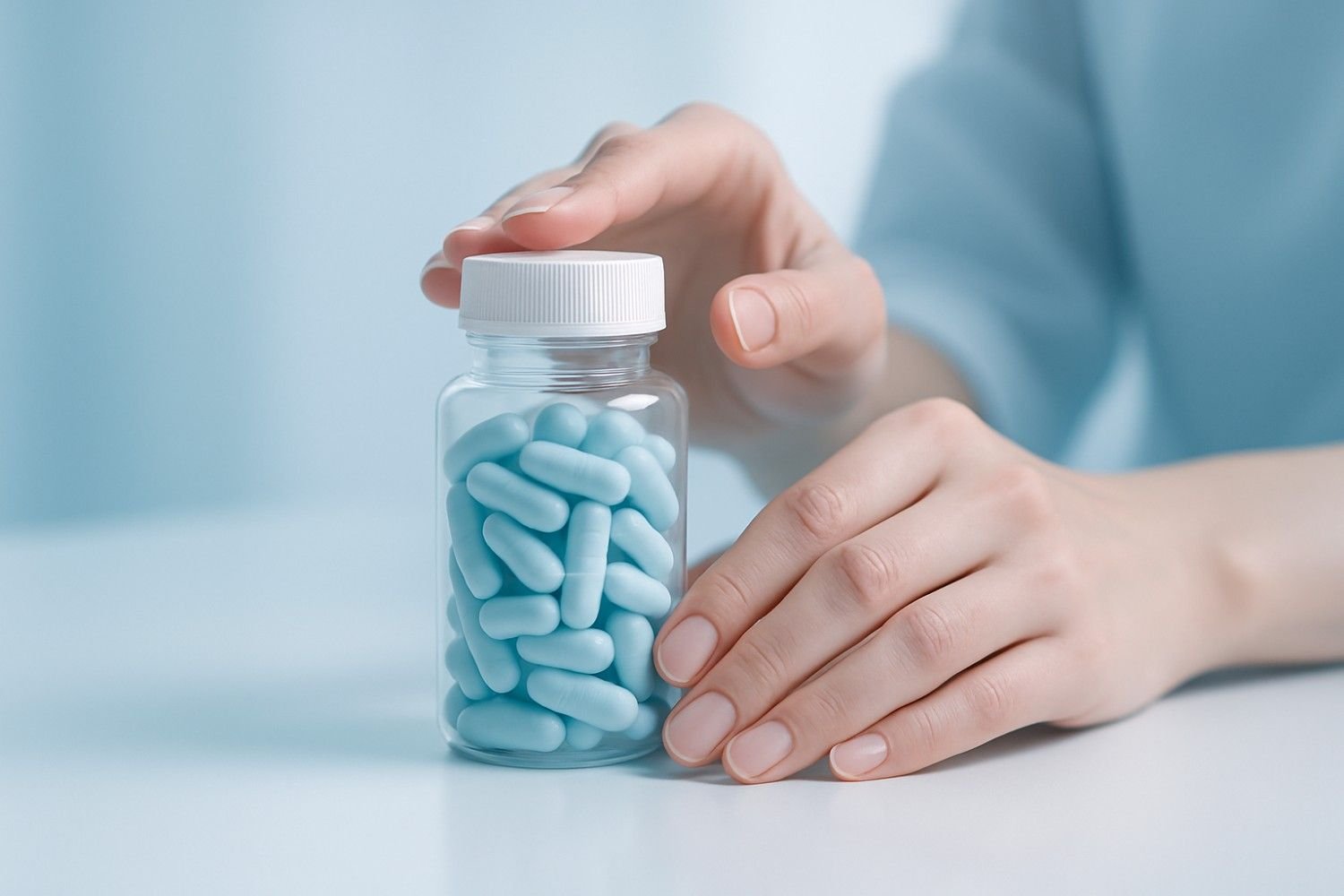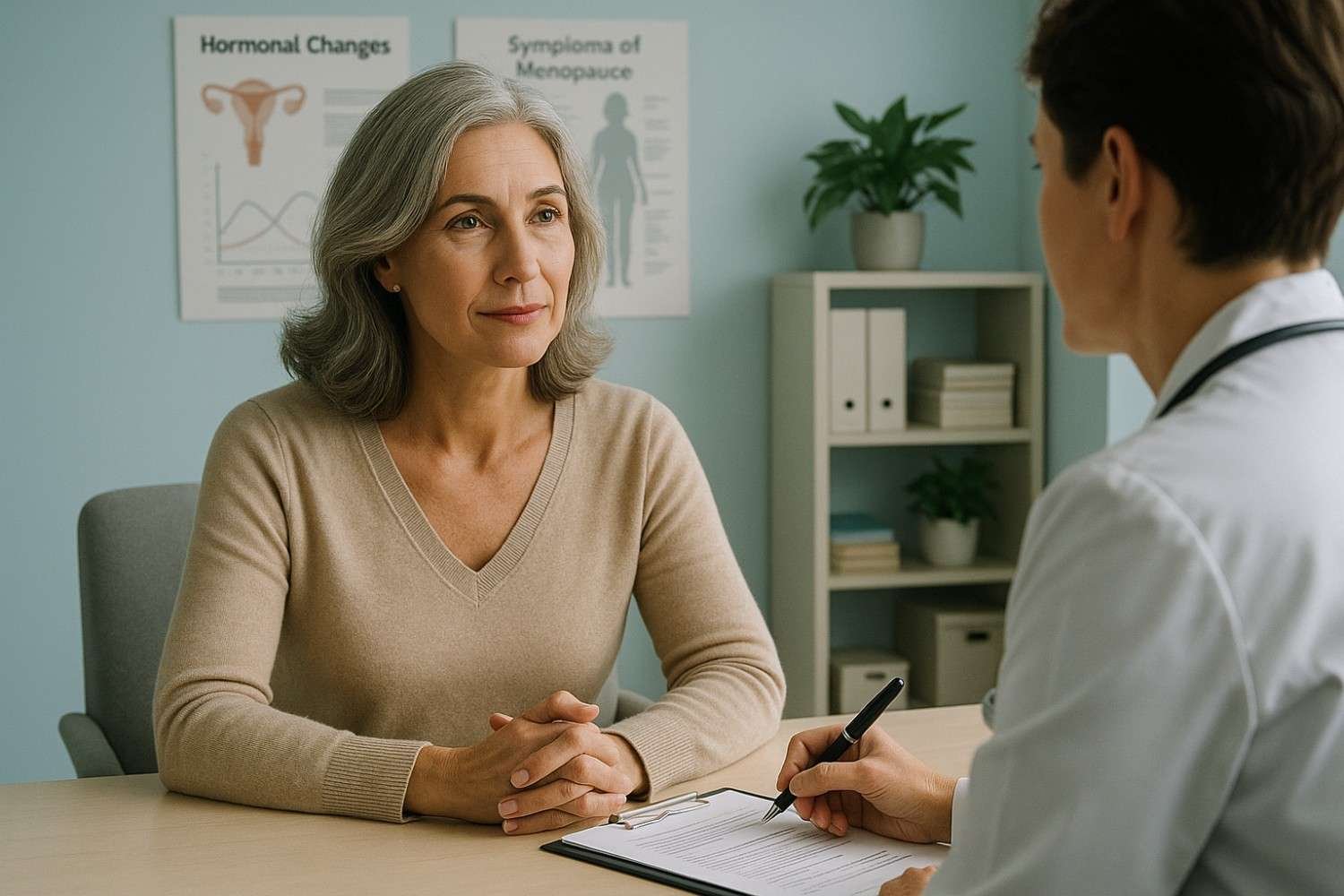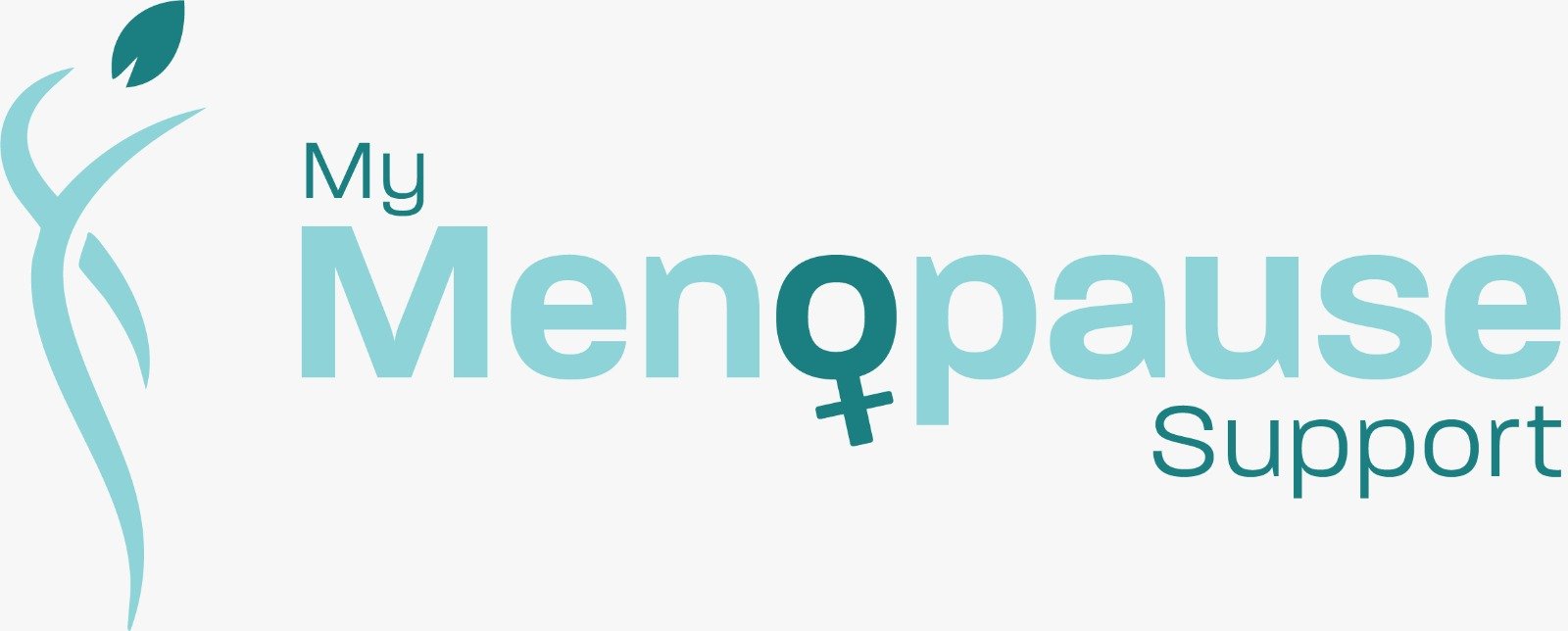When you are in the throes of perimenopause, searching for relief can feel overwhelming. Between the night sweats, brain fog, and new-onset anxiety, it is completely understandable to look for “natural” solutions that feel safe, effective, and empowering.
The internet is flooded with lists of supplements, herbs, and miracle cures. But what does “natural” truly mean? And more importantly, what really works?
As a specialist in menopause and midlife health, my job is to guide you through the noise and focus on the evidence. A treatment that “works” is one that is backed by high-quality clinical data. The surprising truth is that the most powerful, evidence-based “natural” treatments are not pills you can buy in a health shop. They are active, proven strategies that change how your body and mind respond to hormonal change.
Many of these treatments work by addressing a key, underlying issue: the menopause-stress-cortisol feedback loop. As oestrogen and progesterone fluctuate, your body’s stress response system (your ‘fight or flight’) is left on high alert. Menopause symptoms like a hot flush then also trigger a stress response, spiking your cortisol (stress hormone) and making your symptoms feel even worse.
The most effective natural treatments are those that break this cycle. Here are the 7 natural menopause treatments that really work & I recommend in my clinic.
1st Natural Treatment. The Gold Standard: Cognitive Behavioural Therapy (CBT)
This is, without question, the most effective, non-hormonal treatment for vasomotor symptoms (hot flushes and night sweats) that we have. It is not an “alternative” therapy; it is a frontline treatment recommended by the UK’s National Institute for Health and Care Excellence (NICE) for managing menopause symptoms.
How It Works
CBT works by breaking the cortisol feedback loop. When you feel a hot flush starting, your first thought might be one of panic: “Oh no, not now,” “Everyone is looking at me,” “I can’t cope.” This thought instantly triggers a ‘fight or flight’ response, releasing adrenaline and cortisol, which in turn can make the physical hot flush more severe.
CBT gives you the tools to change this automatic reaction. It teaches you to catch that negative thought and reframe it with a calm, neutral one: “This is a normal sensation,” “It will pass in 60 seconds.” By changing your cognitive appraisal of the symptom, you prevent the panic response, keep your nervous system calm, and find that the hot flushes become significantly less bothersome. Meta-analyses confirm CBT is highly effective at reducing the impact of symptoms and improving sleep.
2nd Natural Treatment. Prescriptive Exercise: A Two-Part Plan for Bone and Muscle
During menopause, “exercise” stops being a hobby and becomes a non-negotiable prescription for your future health. Oestrogen loss accelerates two conditions: sarcopenia (muscle loss) and osteoporosis (bone loss). A generic approach will not work; you need a specific plan.
Part A: Resistance Training (for Muscle & Metabolism)
As oestrogen declines, you begin to lose metabolically active muscle mass. This directly slows your resting metabolism, which is a key reason for midlife weight gain. Resistance training (lifting weights, using bands, or bodyweight exercises) is the single most effective treatment for counteracting this. Building back that muscle re-ignites your metabolism, helping to manage weight and improve body composition.
Part B: Weight-Bearing Impact (for Bones)
To protect your bones from osteoporosis, they need impact. This is a crucial distinction. Activities like swimming and cycling are excellent for your heart but do nothing to build bone density because they are not weight-bearing.
Your bones need the gentle, controlled “jolt” that comes from your feet hitting the ground. Effective weight-bearing impact exercises include:
- Brisk walking or power walking
- Running or jogging
- Dancing, aerobics, or tennis
- Simply jumping on the spot (studies recommend at least 50 impacts per session)
A combination of resistance training 2-3 times a week and regular impact exercise is the most powerful natural strategy to protect your long-term skeletal and metabolic health.
3rd Natural Treatment. Strategic Nutrition: Food as Medical Intervention
Your nutritional needs change dramatically in midlife. You can use food as a powerful tool to manage symptoms and build resilience.
Prioritise Protein
To support the resistance training you are doing, you must provide your body with the building blocks to make new muscle. The old Recommended Dietary Allowance (RDA) of 0.8g of protein per kg of body weight is simply not enough for menopausal women. Expert consensus now recommends 1.0g to 1.2g of protein per kg of body weight (or more if you are very active) to preserve bone density and muscle mass.
Eat Your Phytoestrogens (Don’t Just Pop Them)
Phytoestrogens are plant-based compounds that can have a weak, oestrogen-like buffering effect in the body. You can find them in soy, tofu, tempeh, flaxseed, and chickpeas.
Here is the key: the evidence for eating phytoestrogens is far stronger than for taking them in a supplement. One 2021 study found that women on a plant-based diet that included a daily half-cup of cooked soybeans saw a 79% reduction in hot flushes. This is likely because the whole food provides fibre, protein, and other nutrients that work in harmony—an effect lost in an isolated pill.
4th Natural Treatment. Identify and Manage Your Triggers
This is a simple but highly effective treatment. Many women find their hot flushes are “triggered” by specific foods or drinks that increase body temperature or spike blood sugar. The most common culprits are:
- Caffeine
- Alcohol
- Spicy foods
- Sugary foods and ultra-processed carbs
The evidence for caffeine is particularly strong; one Mayo Clinic study found it was “positively associated with greater vasomotor symptom bother”. Keep a symptom diary for two weeks and see if you can find a pattern.
5th Natural Treatment. Master Your Sleep Hygiene
Up to 60% of menopausal women report sleep disturbances. This is a “treatment” you can start tonight. Good sleep hygiene is a set of rules, not just a vague idea.
- Be Consistent: Go to bed and wake up at the same time every day, even on weekends.
- Stay Cool: Keep your bedroom cool, dark, and quiet.
- No Screens: Avoid all screens (phone, tablet, TV) for at least one hour before bed. The blue light blocks your body’s production of melatonin, the sleep hormone.
- Watch What You Drink: No caffeine after 2 PM. Alcohol may make you drowsy, but it shatters your sleep quality in the second half of the night.
6th Natural Treatment. Consider Mindfulness (MBSR)
Mindfulness-Based Stress Reduction (MBSR) is another excellent tool for managing the stress response. The evidence for it is nuanced but very useful.
Unlike CBT, mindfulness does not seem to reduce the frequency or severity of the hot flushes themselves. Instead, it is highly effective at reducing the degree of bother they cause, while significantly improving subjective sleep quality, anxiety, and perceived stress. If your main complaint is a constant “background hum” of anxiety and poor sleep, mindfulness is a fantastic, evidence-based option.
7th Natural Treatment. The “Herbal Supplement” Truth: What the Evidence Really Says
This is the most confusing area for women. My clinical advice is to treat herbal supplements with extreme caution. The term “natural” does not mean “safe”.
Black Cohosh & Red Clover: The “Inconclusive” Verdict
You will see these in every “Top 10” list. However, when scientists conduct large-scale, high-quality meta-analyses (like those from the Cochrane Collaboration), the evidence is “inconclusive”. This means that after reviewing all the studies, there is no consistent, reliable proof that they work better than a placebo. Some smaller studies show a mild benefit , but the evidence is weak. Furthermore, Black Cohosh carries a rare but serious warning for liver toxicity.
A Critical Warning: St. John’s Wort
Please do not take this supplement without speaking to your doctor or pharmacist. St. John’s Wort is notorious for its dangerous interactions with prescription medications. The NHS warns that it can weaken the effects of many vital medicines, including :
- Antidepressants (can cause a dangerous condition called serotonin syndrome)
- Blood thinners (like Warfarin)
- The contraceptive pill
- Heart medications
- Some cancer and HIV drugs
The risk of this supplement far outweighs any unproven benefit for menopausal mood. If you choose a herbal remedy, look for products with the THR (Traditional Herbal Remedy) stamp on the box. This is not proof that it works, but it is a UK-based guarantee from the MHRA that the product is safe, is of high quality, and contains what it says it contains.
Conclusion: Redefining “Natural”
As you can see, the most effective “natural” treatments are not passive pills, but active, evidence-based strategies that empower you to take control of your health.
If you have tried these lifestyle changes and are still struggling, please know that you do not have to “just endure it.” The most effective, regulated, and safe treatment for menopause symptoms remains modern, body-identical HRT (rBHRT).
Many women are surprised to learn that body-identical HRT is also “natural”—it is derived from plants like yams and soy and is made to have the exact same molecular structure as the hormones your own body produces. It is licensed, regulated for safety, and recommended by both NICE and the British Menopause Society.
You do not have to guess. We can create an evidence-based, individualised plan for you that combines the best of these lifestyle strategies with safe, modern medical options if you need them.
If you are ready to move from confusion to clarity, book a Menopause consultation today. Let’s find a plan that works for you.












